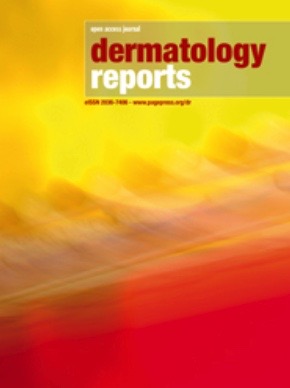S-MAPA: bridging the gap in psoriasis severity assessment
All claims expressed in this article are solely those of the authors and do not necessarily represent those of their affiliated organizations, or those of the publisher, the editors and the reviewers. Any product that may be evaluated in this article or claim that may be made by its manufacturer is not guaranteed or endorsed by the publisher.
Authors
The Psoriasis Area and Severity Index (PASI) is widely used to evaluate psoriatic disease activity in clinical settings; however, its limitations hinder its practicality in routine use. The Simple-Measure for Assessing Psoriasis Severity (S-MAPA) has emerged as a promising tool addressing these limitations, providing a more feasible approach for assessing disease severity. This study aimed to evaluate the S-MAPA as a sensitive and practical alternative to existing instruments for measuring psoriasis severity. Patients with psoriasis were assessed using body surface area (BSA), the Physician’s Global Assessment (PGA), S-MAPA, PASI, and Dermatology Life Quality Index (DLQI). Plasma high-sensitivity C-reactive protein (hs-CRP) levels were also measured. Spearman’s correlation analysis compared the relationships between these assessment tools and hs-CRP levels. In total, 100 assessments were conducted between January and July 2019. The S-MAPA score and PASI showed a strong positive correlation with disease severity (r=0.9315, p<0.01). Both the S-MAPA score and PASI exhibited comparable correlations with hs-CRP levels (r=0.5299 vs. 0.5316) and the DLQI (r=0.2533 vs. 0.2641). The S-MAPA score demonstrated stronger correlations with the PASI, DLQI, and hs-CRP level than with BSA or the PGA score. The area under the receiver operating characteristic curve for the S-MAPA was 0.9787, with an optimal cut-off value of 138 for predicting severe psoriasis (sensitivity, 92.59%; specificity, 95.89%). Based on our findings, the S-MAPA is a reliable and practical alternative for assessing the severity of psoriasis in clinical practice, offering advantages over conventional measures.
How to Cite

This work is licensed under a Creative Commons Attribution-NonCommercial 4.0 International License.








